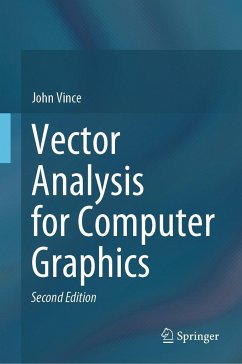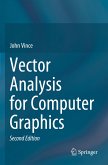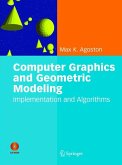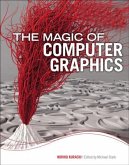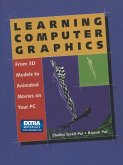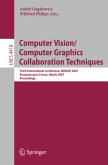This second edition has been completely restructured, resulting in a compelling description of vector analysis from its first appearance as a byproduct of Hamilton's quaternions to the use of vectors in solving geometric problems. The result provides readers from different backgrounds with a complete introduction to vector analysis. The author shows why vectors are so useful and how it is possible to develop analytical skills in manipulating vector algebra.
Using over 150 full-colour illustrations, the author demonstrates in worked examples how this relatively young branch of mathematics has become a powerful and central tool in describing and solving a wide range of geometric problems. These may be in the form of lines, surfaces and volumes, which may touch, collide, intersect, or create shadows upon complex surfaces.
The book is divided into eleven chapters covering the history of vector analysis, linear equations, vector algebra, vector products, differentiating vector-valued functions, vector differential operators, tangent and normal vectors, straight lines, planes, intersections and rotating vectors. The new chapters are about the history, differentiating vector-valued functions, differential operators and tangent and normal vectors. The original chapters have been reworked and illustrated.
Using over 150 full-colour illustrations, the author demonstrates in worked examples how this relatively young branch of mathematics has become a powerful and central tool in describing and solving a wide range of geometric problems. These may be in the form of lines, surfaces and volumes, which may touch, collide, intersect, or create shadows upon complex surfaces.
The book is divided into eleven chapters covering the history of vector analysis, linear equations, vector algebra, vector products, differentiating vector-valued functions, vector differential operators, tangent and normal vectors, straight lines, planes, intersections and rotating vectors. The new chapters are about the history, differentiating vector-valued functions, differential operators and tangent and normal vectors. The original chapters have been reworked and illustrated.
"Each chapter presents some topic from vector analysis and contains a well-developed derivation and mathematical demonstration that makes following the topic easier. ... The book is written in a very accessible fashion. The author gives many examples presenting the notations and problems considered, making study easier. The book is suitable for undergraduate students of computer science, mathematics, and engineering, and is an ideal reference for researchers and professionals in computer graphics." (Krzysztof Gdawiec, zbMATH 1478.68008, 2022)
From the reviews:
"Vince's book applies to more than computer graphics: it is a resource for many areas in applied mathematics. ... Students in computer graphics courses would find it very useful if their class discussions moved into the mathematical fundamentals underlying the tools. ... Undergraduate students especially lack the mathematics background that this book provides. ... It is comprehensive and coherent, and a good addition to the library of any computational scientist." (Anthony J. Duben, ACM Computing Reviews, Vol. 49 (8), August, 2008)
"Vince's book applies to more than computer graphics: it is a resource for many areas in applied mathematics. ... Students in computer graphics courses would find it very useful if their class discussions moved into the mathematical fundamentals underlying the tools. ... Undergraduate students especially lack the mathematics background that this book provides. ... It is comprehensive and coherent, and a good addition to the library of any computational scientist." (Anthony J. Duben, ACM Computing Reviews, Vol. 49 (8), August, 2008)

